1. Vicks VapoRub for Coughs and Congestion
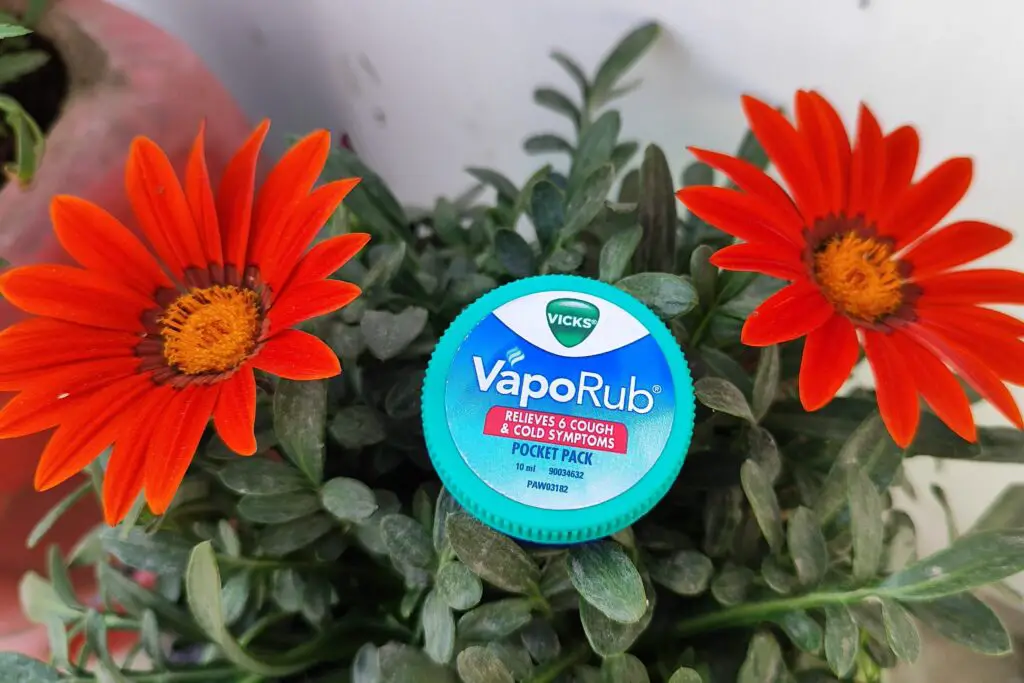
Vicks VapoRub was a household staple in the ’50s for anyone suffering from a cough or congestion. The mentholated ointment was generously slathered on the chest to clear airways and soothe the throat. However, while the strong scent may have offered temporary relief, it didn’t do much for actually curing the illness. The belief that it could penetrate deep into the chest to loosen mucus wasn’t scientifically backed.
In reality, Vicks VapoRub can be harmful when applied to the skin, especially in younger children. Its ingredients, like camphor and menthol, can cause skin irritation, breathing difficulties, or even poisoning if ingested. So, while it was a go-to for soothing, it’s best to skip the Vicks for more effective treatments today.
2. “Cleansing” with Laxatives
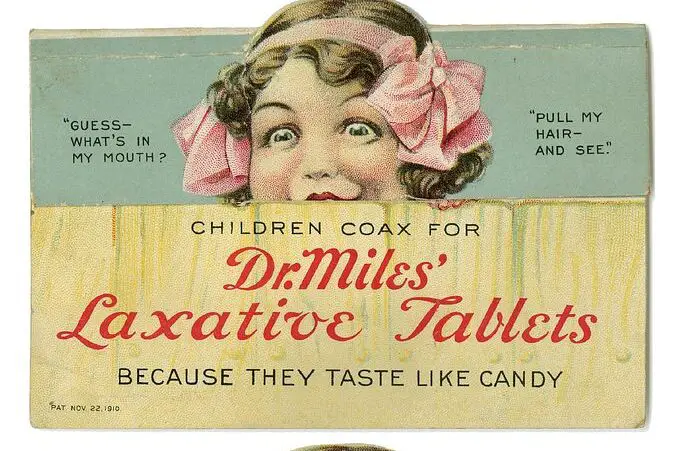
Laxatives were widely promoted in the ’50s as the ultimate solution for detoxifying the body and maintaining regularity. The idea of “cleansing” became a fad, with ads featuring promises of a flatter stomach and more energy. People would turn to over-the-counter options like mineral oil or milk of magnesia in an effort to feel lighter or rid their system of impurities.
What people didn’t realize was that relying on laxatives can lead to dehydration, nutrient imbalances, and damage to the digestive system. Overuse of these products can cause dependency, meaning your body becomes reliant on them to function. The “cleanse” was a short-term fix at best and could lead to long-term health issues if used improperly.
3. Baby Aspirin for Everything
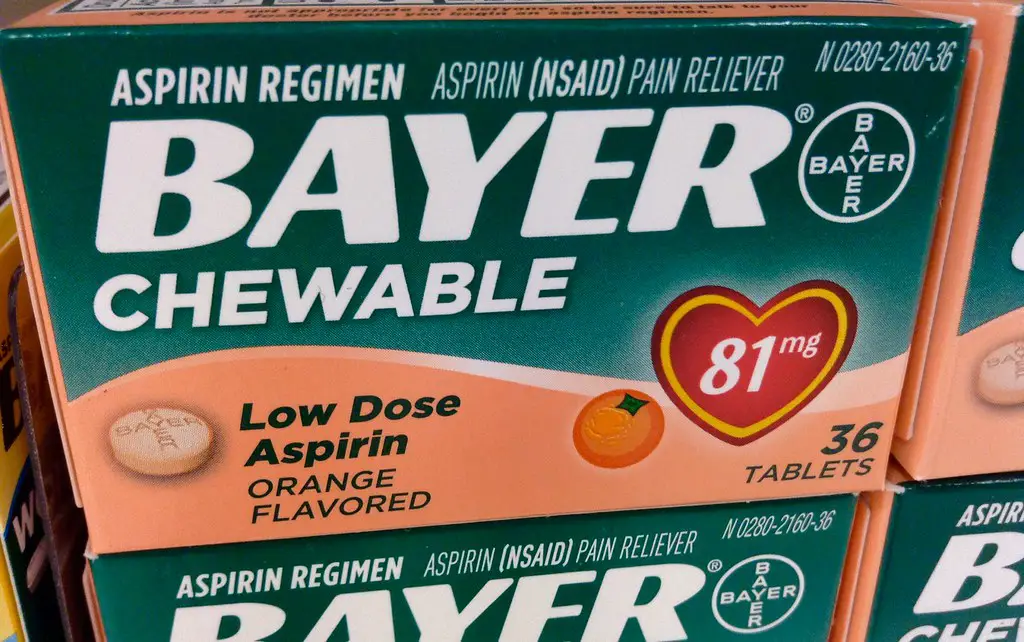
In the ’50s, baby aspirin was often recommended for a wide range of ailments, from headaches to heart health. The small, chewable tablets were seen as an easy, accessible option for almost every discomfort. Doctors even suggested giving it to children for fever or pain relief, thinking it was a gentle solution.
However, aspirin, particularly for kids, can be dangerous, especially if it’s administered inappropriately. The risk of Reye’s syndrome, a rare but serious condition affecting the liver and brain, became apparent later. Baby aspirin was too often used without understanding the full risks, leading to unnecessary harm.
4. Lead-Based Cosmetics

Cosmetics in the ’50s often contained lead, including some popular brands of lipstick and foundation. Advertisements didn’t shy away from using bold colors to highlight beauty, and consumers were encouraged to enhance their looks with vibrant, long-lasting makeup. Unfortunately, lead-based makeup was a common ingredient in many beauty products at the time.
Over time, it became clear that lead exposure can cause severe health problems, from neurological damage to developmental delays. People unknowingly applied these toxic products to their skin, exposing themselves to dangerous levels of lead. It wasn’t until later that regulations and reform brought safer ingredients into the cosmetic world.
5. Using Mercury for Skin Care
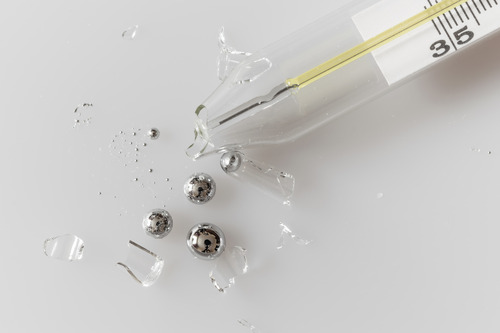
Mercury was often touted as a miracle ingredient in the ’50s, especially in beauty treatments aimed at brightening the skin or reducing wrinkles. It was added to everything from face creams to soaps, marketed as a quick fix for youthful, glowing skin. Many believed that it could rejuvenate the skin and eliminate spots or blemishes.
The reality is that mercury is extremely toxic, and long-term exposure can cause kidney damage, neurological issues, and even death. People were essentially poisoning themselves in the name of beauty, all while believing they were improving their complexion. Mercury was eventually banned from cosmetics, but the dangers weren’t widely known at the time.
6. Dandelion Tea for Weight Loss
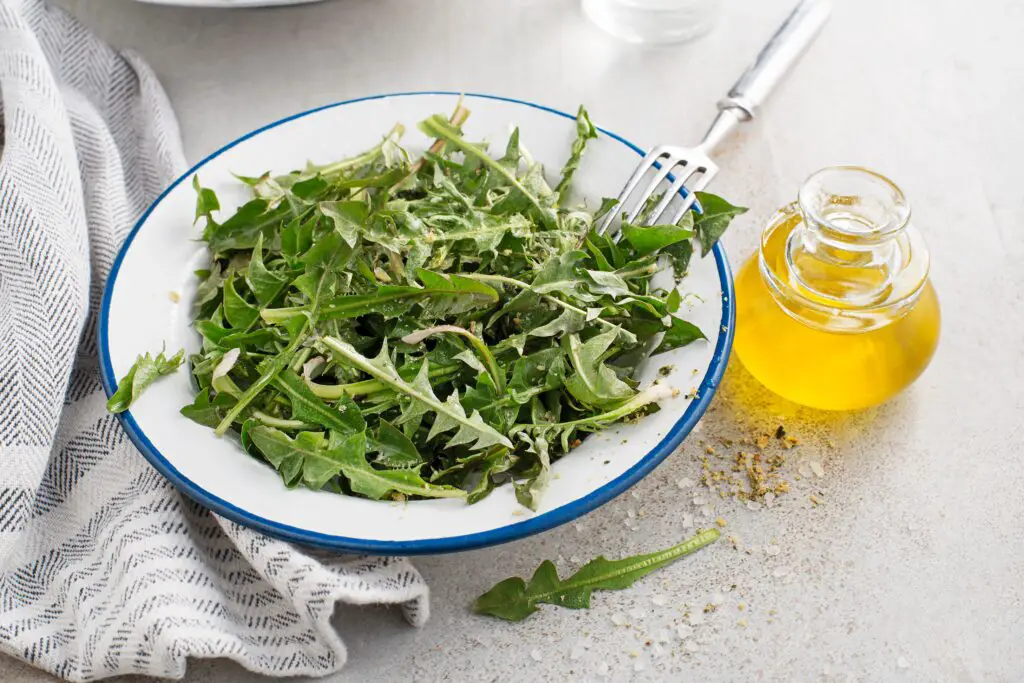
In the ’50s, dandelion tea was promoted as a magical weight-loss remedy, with claims that it could help flush out toxins and reduce bloat. The idea was that by drinking the herbal tea, you’d lose weight quickly by stimulating the kidneys and liver. The advertisements made it seem like a natural, easy way to shed pounds without much effort.
However, there’s no solid evidence to back up dandelion tea as a weight-loss solution. While dandelion can have some mild diuretic effects, it doesn’t burn fat or reduce body weight in any meaningful way. Using it as a primary method for losing weight could lead to dehydration and a lack of essential nutrients, not to mention potential digestive issues.
7. Hydrogen Peroxide for Wounds
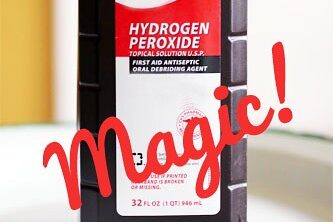
Hydrogen peroxide was commonly used in the ’50s to clean wounds and prevent infection. The idea was that the bubbling action would kill bacteria and speed up healing. It was often the go-to antiseptic in households and first-aid kits, with people applying it to cuts, scrapes, and burns.
While hydrogen peroxide does have antibacterial properties, it can actually harm tissue and delay healing. Its strong oxidative properties can damage healthy skin cells, making it harder for wounds to close properly. Today, doctors typically recommend milder antiseptics for wound care to avoid unnecessary damage and promote better healing.
8. Sunburn Oil for a Tan

The ’50s saw the rise of the perfect tan as a symbol of health and beauty. People used all sorts of oils and concoctions to enhance their tans, including the infamous baby oil. Advertisements promised that slathering on a shiny layer of oil would speed up the tanning process, leaving you with a deep, golden glow.
What people didn’t realize was how harmful these products were, especially when it came to sun exposure. Sunburn oil not only led to severe sunburns but also increased the risk of skin cancer in the long run. The idea of tanning for beauty, without sunscreen or protection, was a misguided trend that ultimately caused more harm than good.
